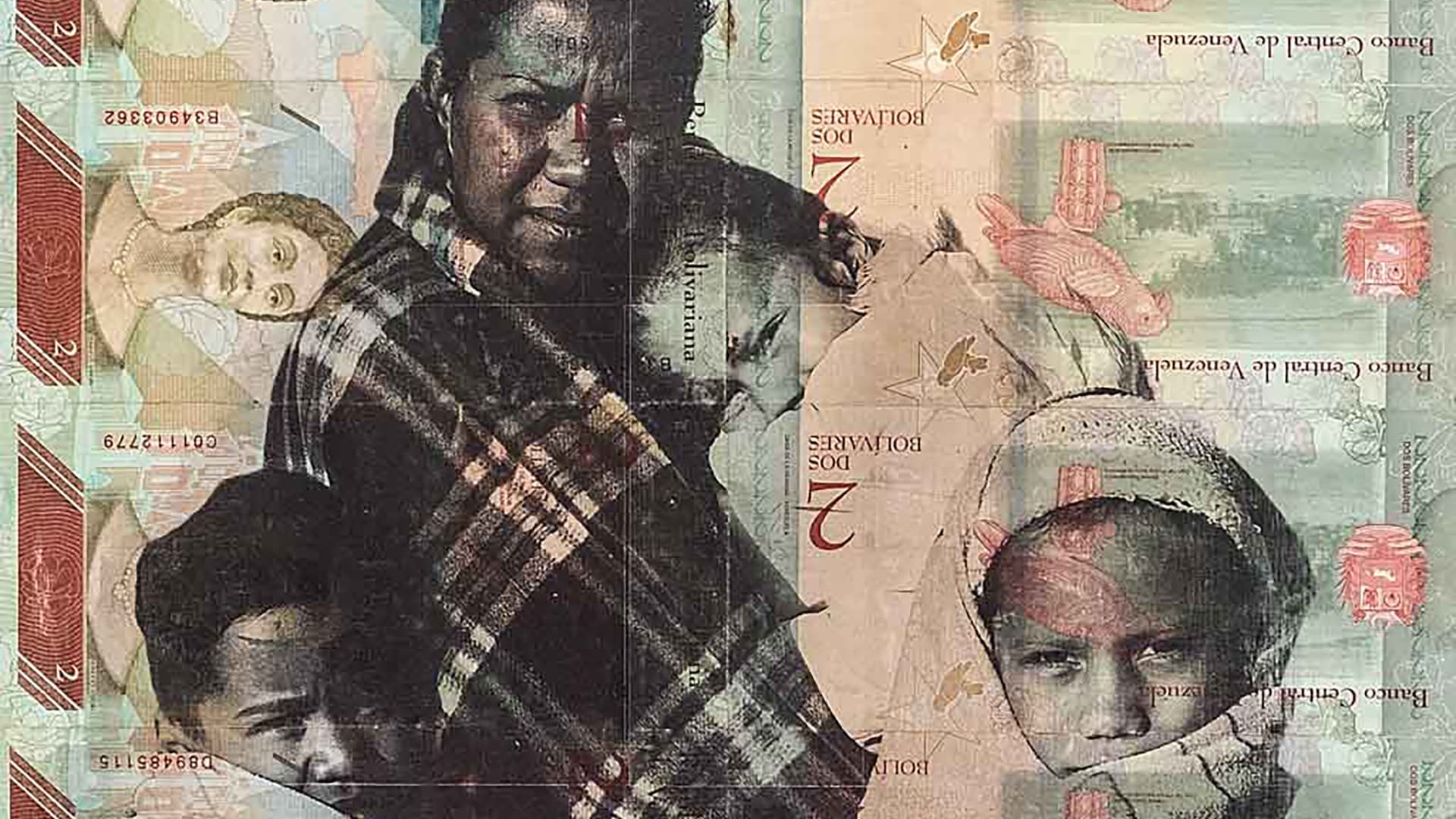Felipe Jacome comes from a documentary background. Yet, he often turns to alternative processes – he has done cyanotypes; experimented with vegetal pigments (chlorophyll) to print portraits of Amazonian indigenous tribes onto giant leaves of the jungle; and, recently, transferred his photographs of Venezuelan migrants onto the defunct Bolivar currency by using a silver gelatin process.

You’re getting blind.
Don’t miss the best of visual arts. Subscribe for $9 per month or $108 $90 per year.
Already suscribed ?



